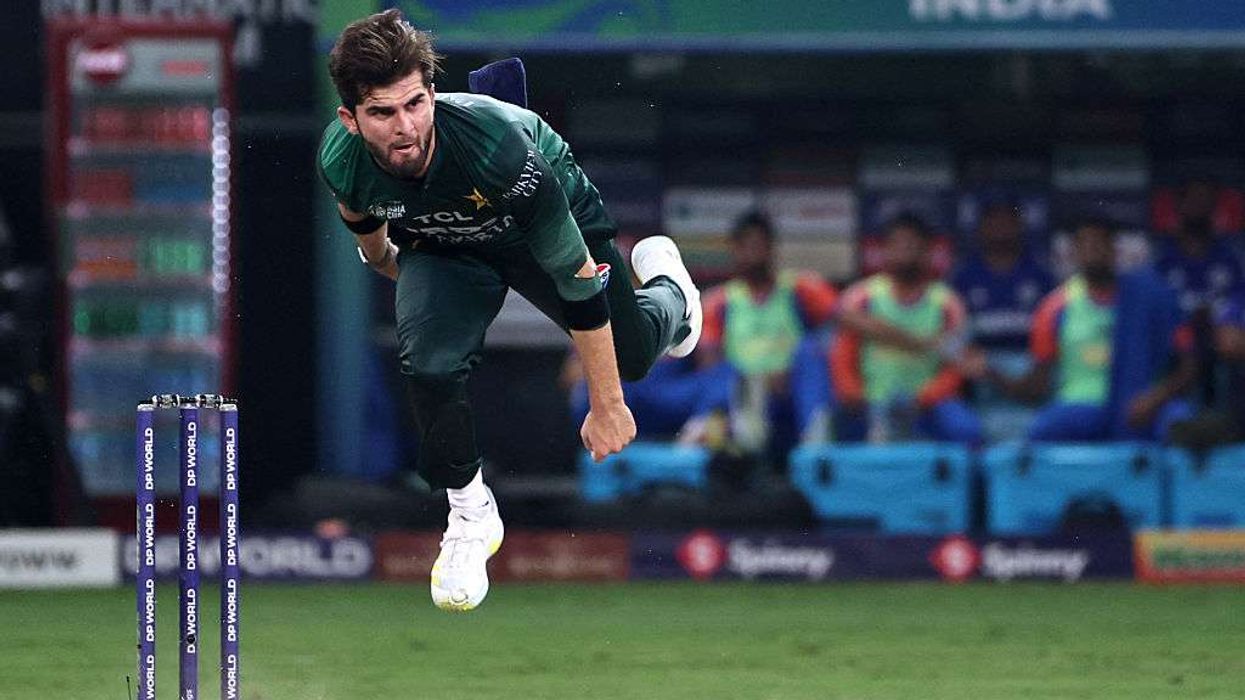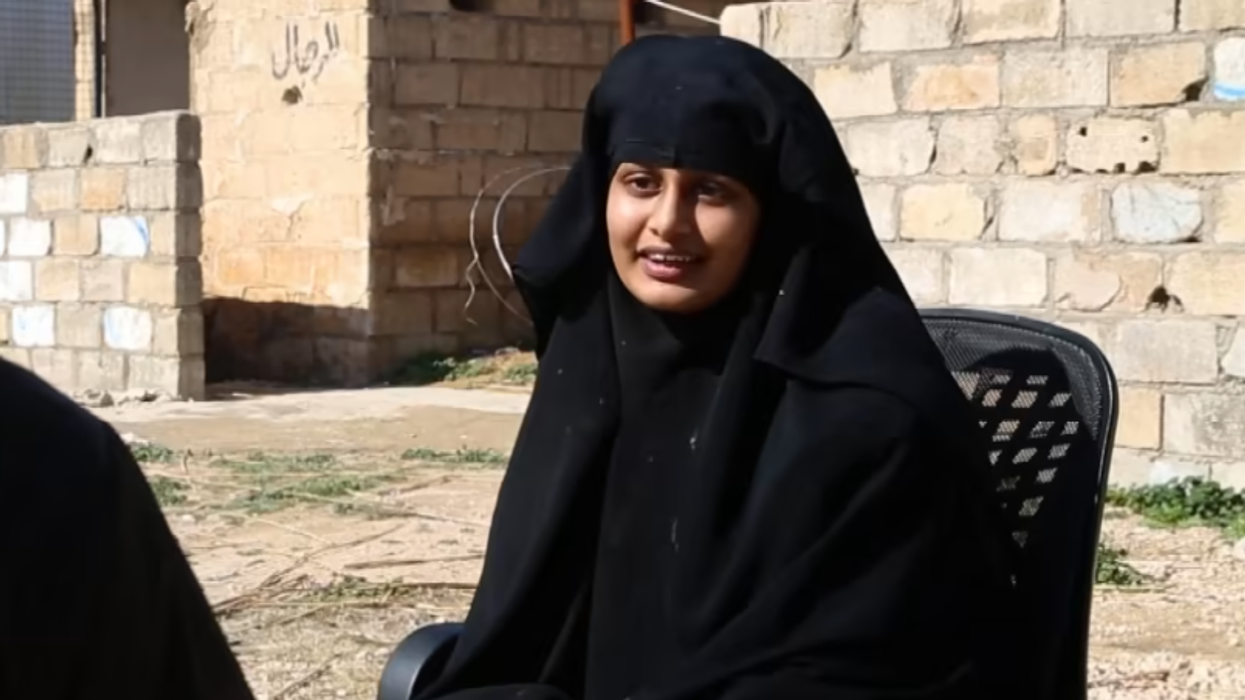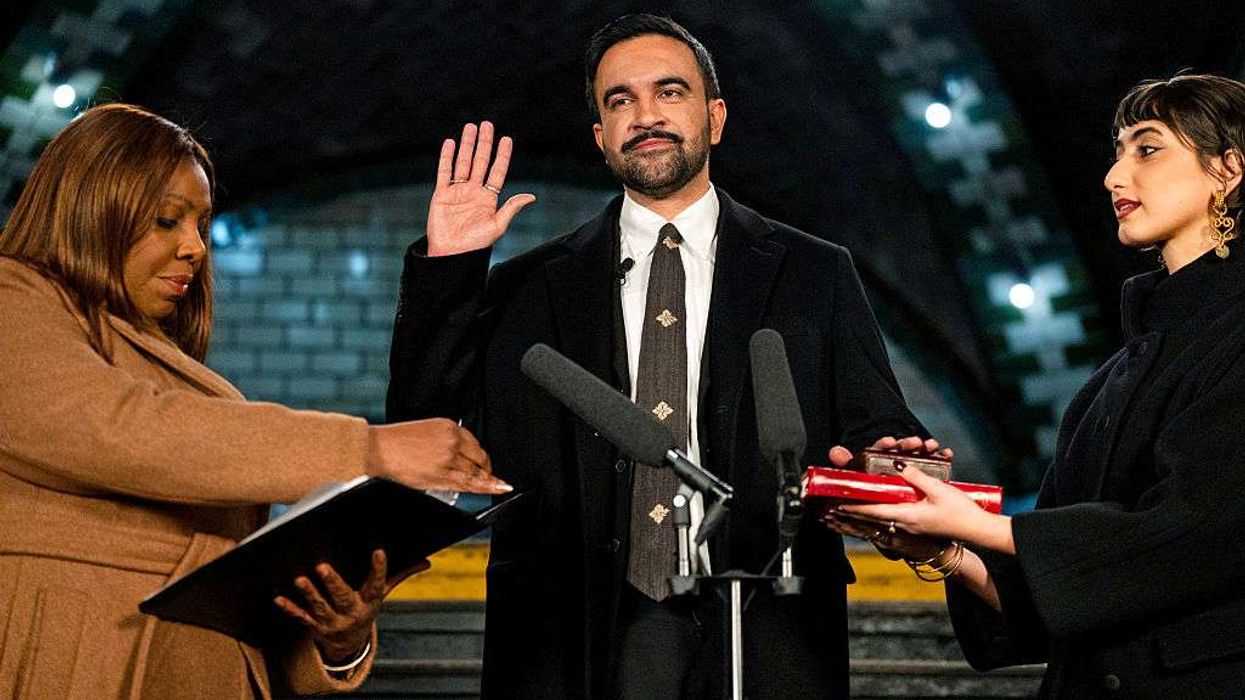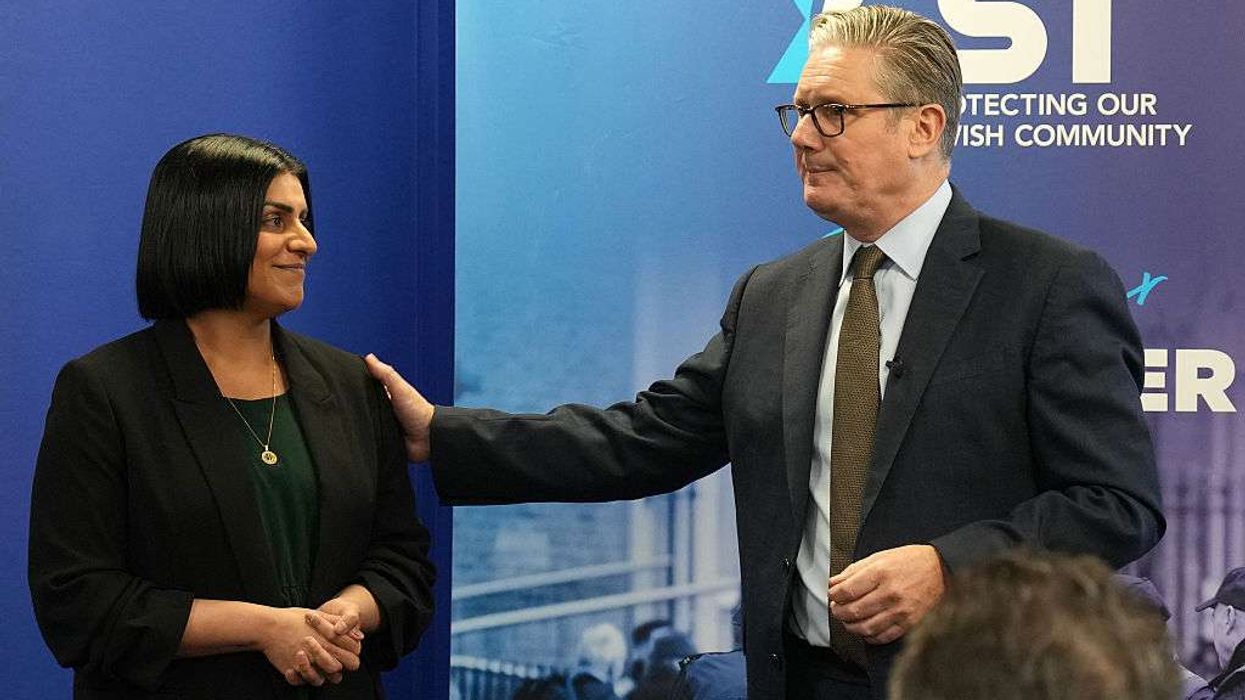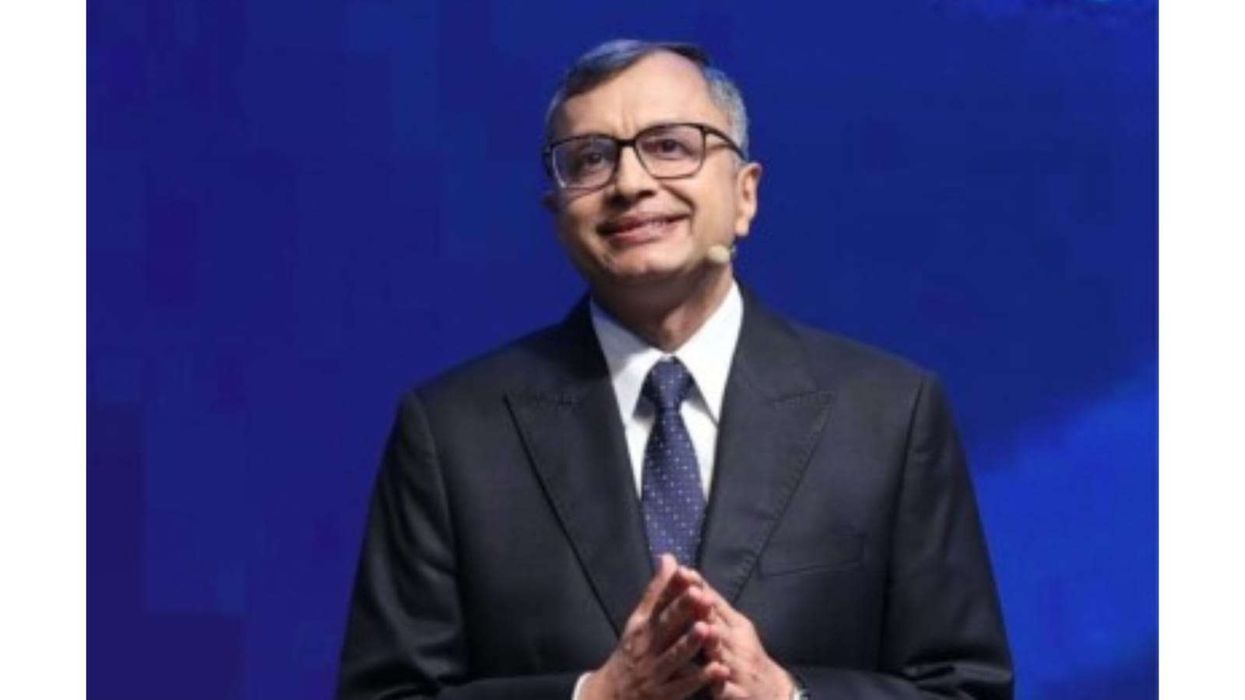When Neha Maldar testified against the traffickers who enslaved her as a sex worker in India, she spoke from the safety of her own country, Bangladesh, via video conferencing, a technology that could revolutionise the pursuit of justice in such cases.
The men in the western city of Mumbai appeared via video link more than 2,000 km (1,243 miles) west of Maldar as she sat in a government office in Jessore, a major regional hub for sex trafficking, 50 km from Bangladesh's border with India.
"I saw the people who had trafficked me on the screen and I wasn't scared to identify them," said Maldar, who now runs a beauty parlour from her home near Jessore. "I was determined to see them behind bars."
"I told them how I was beaten for refusing to work in the brothel in the beginning and how the money I made was taken away," she said, adding that she had lied to Indian authorities about her situation after being rescued, out of fear.
Thousands of people from Bangladesh and Nepal – mainly poor, rural women and children - are lured to India each year by traffickers who promise good jobs but sell them into prostitution or domestic servitude, anti-slavery activists say.
Activists hope the safe, convenient technology could boost convictions. A Bangladeshi sex trafficker was jailed for the first time in 2016 on the strength of a victim's testimony to a court in Mumbai via video link from Dhaka, Bangladesh's capital.
Convictions for cross-border trafficking in the region are rare as most victims choose not to pursue cases that have traditionally required them to testify in Indian courts, which meant staying in a shelter for the duration of the trial.
"They have always wanted to go back home, to their families," said Shiny Padiyara, a legal counsel at the Indian charity Rescue Foundation that has facilitated video conferencing cases and runs shelters for trafficking victims.
"And most never return to testify."
But video conferencing is making it easier to pursue justice. Survivors have given statements, identified their traffickers, and been cross examined in at least 10 other ongoing international cases in Bangladesh, advocates said.
"Enabling victims to testify via video conference will lead to a possible decrease in acquittal rates for want of prime witnesses," said Adrian Phillips of Justice and Care, a charity that supports the use of video testimony to help secure justice.
Even then, it is tough. During Maldar's three-hour deposition, she withstood a tough cross-examination, showed identity documents to prove her age and countered allegations by the defence lawyer that she was lying about her identity.
UNPARDONABLE
Tara Khokon Miya is preparing her 27-year-old daughter to testify against the men who trafficked her to India from Dhaka, where she had been working in a garment factory.
"I almost lost my daughter forever," she said, sitting in her home in Magura, less than 50 km from Jessore, describing how she disappeared after work and was taken to a brothel in India, and raped and beaten for almost a year before being rescued.
"What the traffickers did to my daughter was unpardonable," Miya said, wiping her tears.
"We seek justice. I nurtured her in my womb and can't describe what it felt like to not know about her whereabouts."
The trial has been ongoing since 2013 when the young woman, who declined to be named, was repatriated. The charity Rights Jessore is helping the family through the process, by providing counselling and rehearsing cross-examination.
"The best thing is her father will be by her side when she talks in court," Miya said, finally breaking into a smile.
India signed a bilateral agreement with Bangladesh in 2015 to ensure faster trafficking investigations and prosecutions, and with Nepal in 2017, and laid down basic procedures to encourage the use of video conferencing in court proceedings.
"The procedure is very transparent," said judge K M Mamun Uzzaman at Jessore court house, which often converts its conference hall into a courtroom for video conferencing cases to protect survivors' privacy.
"I'm usually present and victims are able to testify confidently ... it is easy and cost effective for us," he said.
"But the biggest beneficiaries are the survivors."
THE FUTURE
Video conferencing in Bangladesh has been plagued by technical glitches such as power cuts and poor connections.
"Sometimes the internet connection is weak or it gets disconnected during the testimony," said Binoy Krishna Mallick head of Rights Jessore, a pioneer in using this technology to encourage trafficking survivors to pursue justice.
"But these are just teething troubles."
The bigger challenge, activists say, is to ensure survivors remain committed to the trial despite delays caused by a backlog of cases and witnesses' failure to appear to testify.
Swati Chauhan, one of the first judges to experiment with video testimony in 2010, is convinced that technology can eliminate many of these hurdles.
"Victims go through a lot of trauma so it is natural that they don't want to confront their trafficker in a court - but that doesn't mean they don't want the trafficker to be punished," she said.
"A video conference requires meticulous planning and it is not easy coordinating between departments and countries. But it is the future for many seeking justice."
